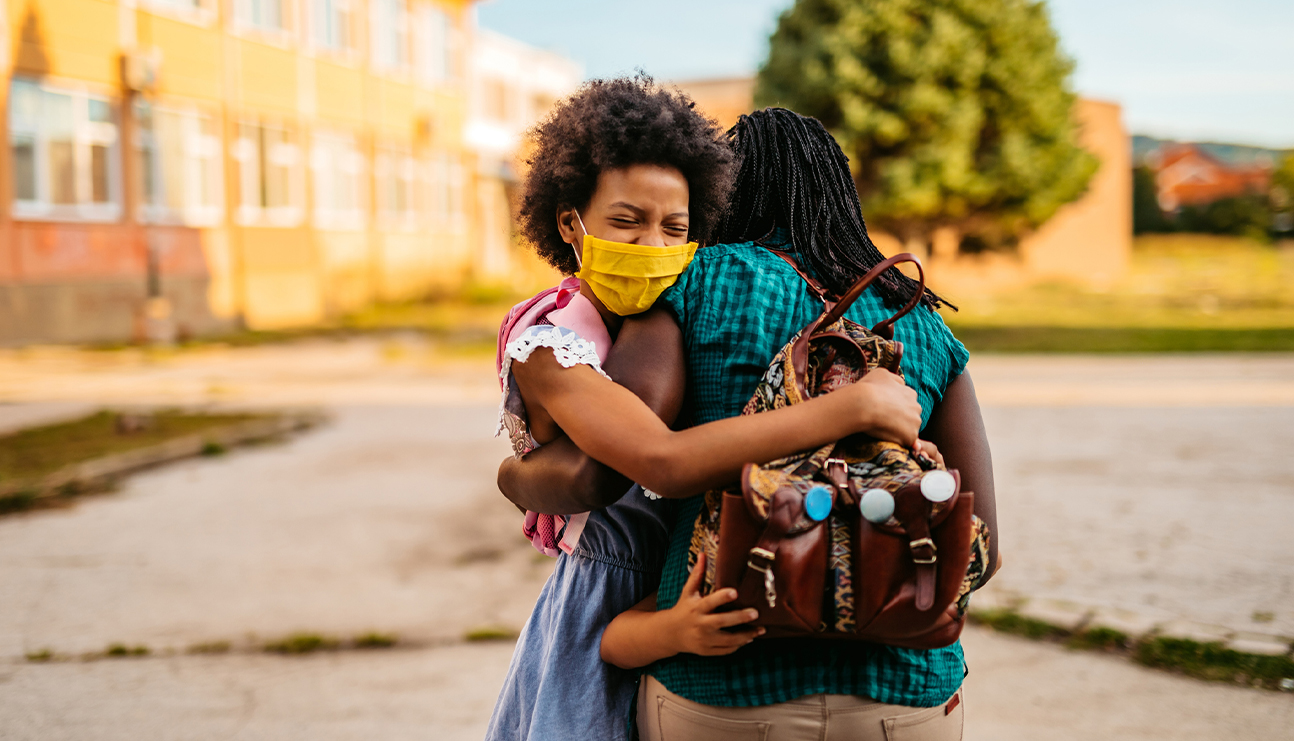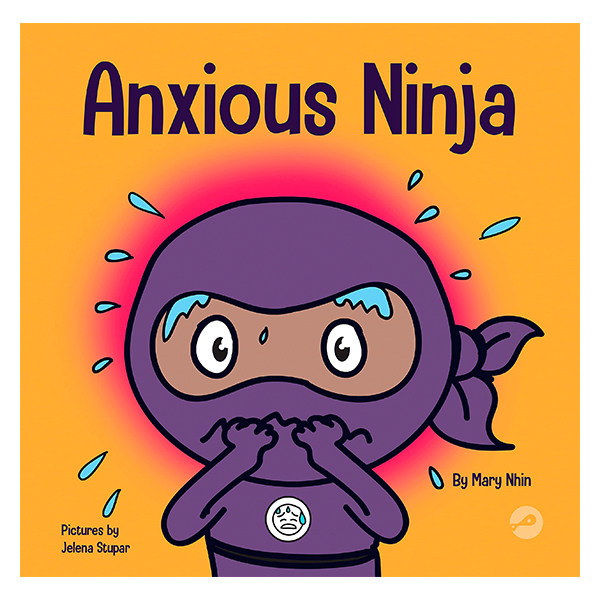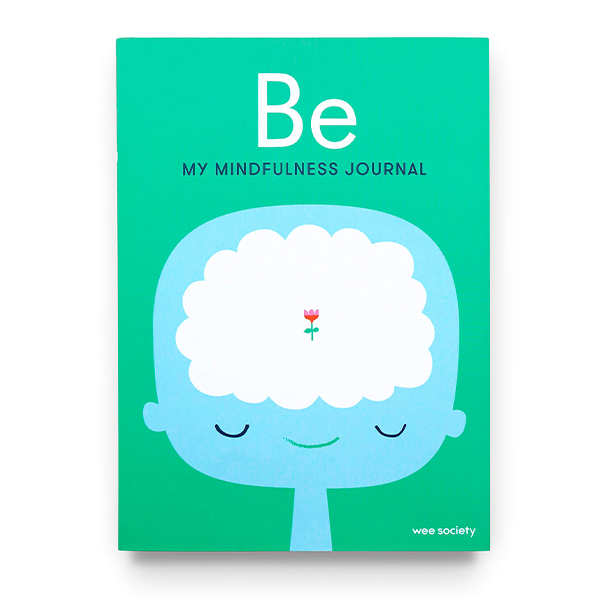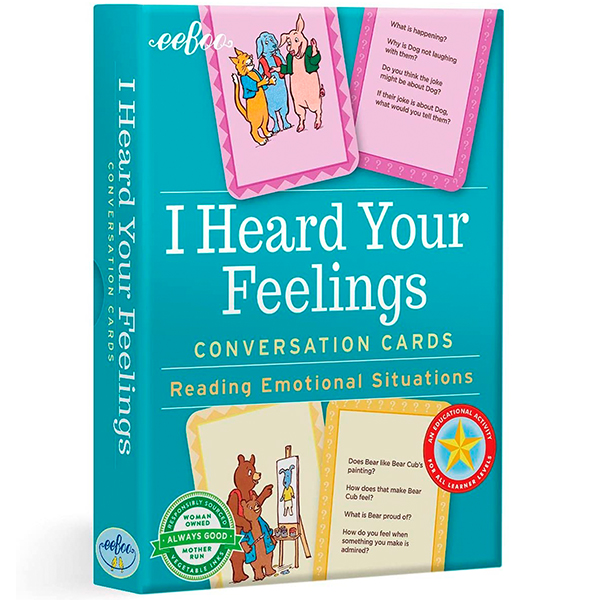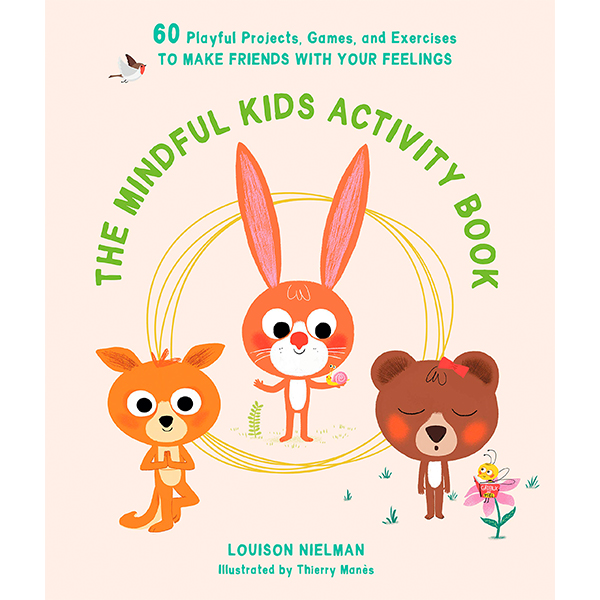Back to School After COVID: A Conversation With Dr. Ann-Louise Lockhart
Nearly a year and a half ago, most schools in the United States closed “for two weeks”—and since then, we’ve been homeschooling, helping our kids through remote learning, or juggling hybrid schedules and frequent school closures. No matter your family’s personal situation, it’s been a year, and as fall approaches, we’re about to send our kids back to school full-time, perhaps for the first time since the pandemic started.
It’s enough to make even the most laid back kiddos (and parents) feel anxious, so we asked pediatric psychologist Dr. Ann-Louise Lockhart to share her advice on helping kids successfully navigate going back to school after COVID and some of the effects of the pandemic on children’s mental health.
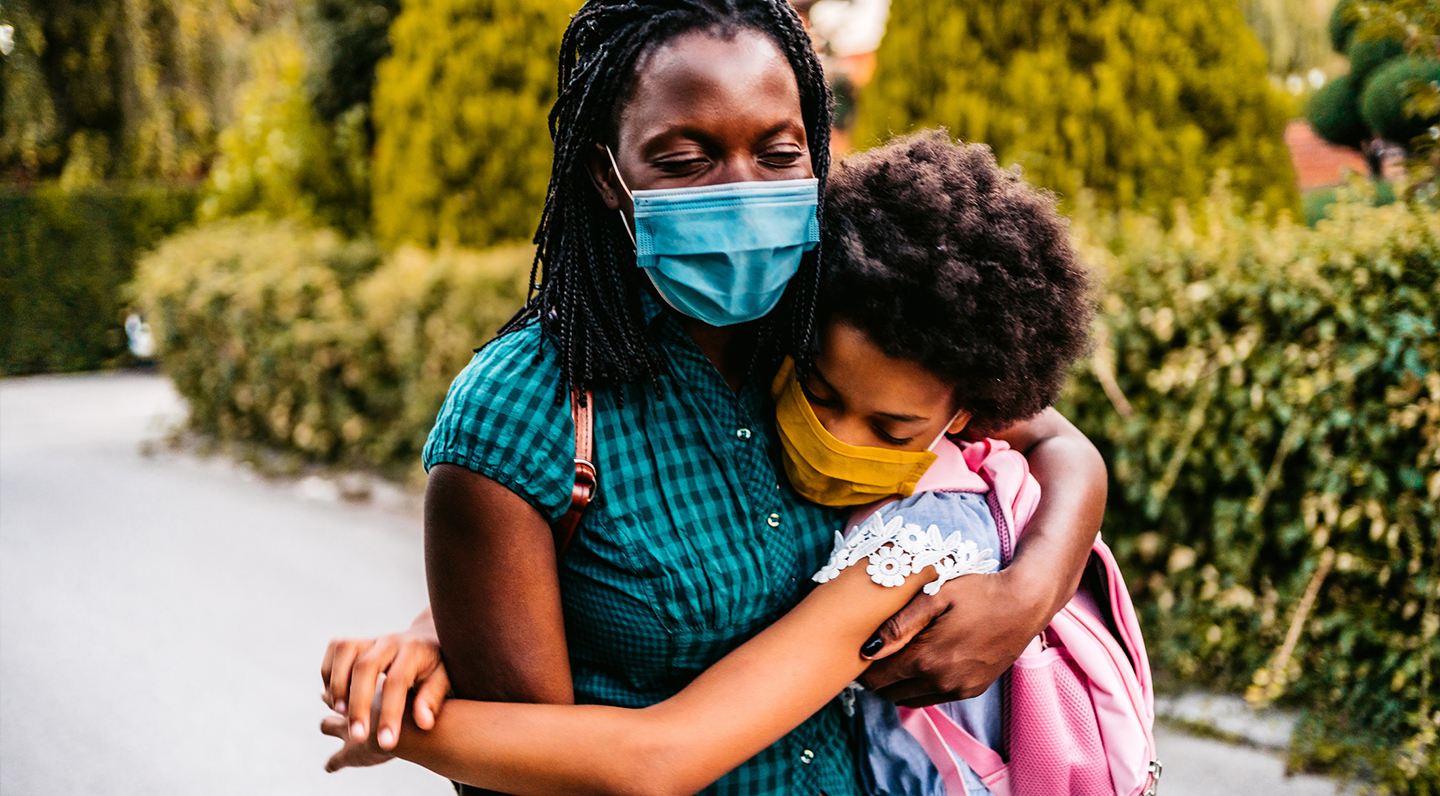
How should parents start preparing their kids for going back to school if they’ve been doing all or mostly remote learning this past year?
There is no right way to do it; it depends on your family, the age of the child, the grade they’re going into, the type of school, their personality, and how they handle stress. So, there are many factors at play. Consider the lay of the land—is your child going to a large public school or small private school? Is it a new school or a school they’re returning to?
Parents are usually more stressed than kids are; children may not need to process it as much. About 4 to 6 weeks prior to school starting, you might say “Hey, in about a month and a half, you’ll start school in person again, what are your thoughts about that? How do you think it’s going to be different? How do you feel about being able to see friends in school again/wearing masks/not wearing masks?”
As you get closer, about 2 to 3 weeks out, have more discussions in terms of scenarios. When the brain is missing information, we fill in the gaps, so these scenarios help your child anticipate what might happen. What if scenario discussions create a script or schema: “What if no one you know is in your class? What would you do?” Discuss different possible scenarios with your child, including worst case and best case, and have them expand upon them. Then, when your child is faced with a situation, it’s less anxiety provoking.
Next, do in vivo—go to their school campus, have their teacher send videos or pictures of their classroom, or pick out what to wear on the first day of school. For older kids, engage them by asking questions like, “What style are you going for this year? What hairstyle do you want?” Acknowledge that there are good things about being home, but there are also good things about being back to school in person.
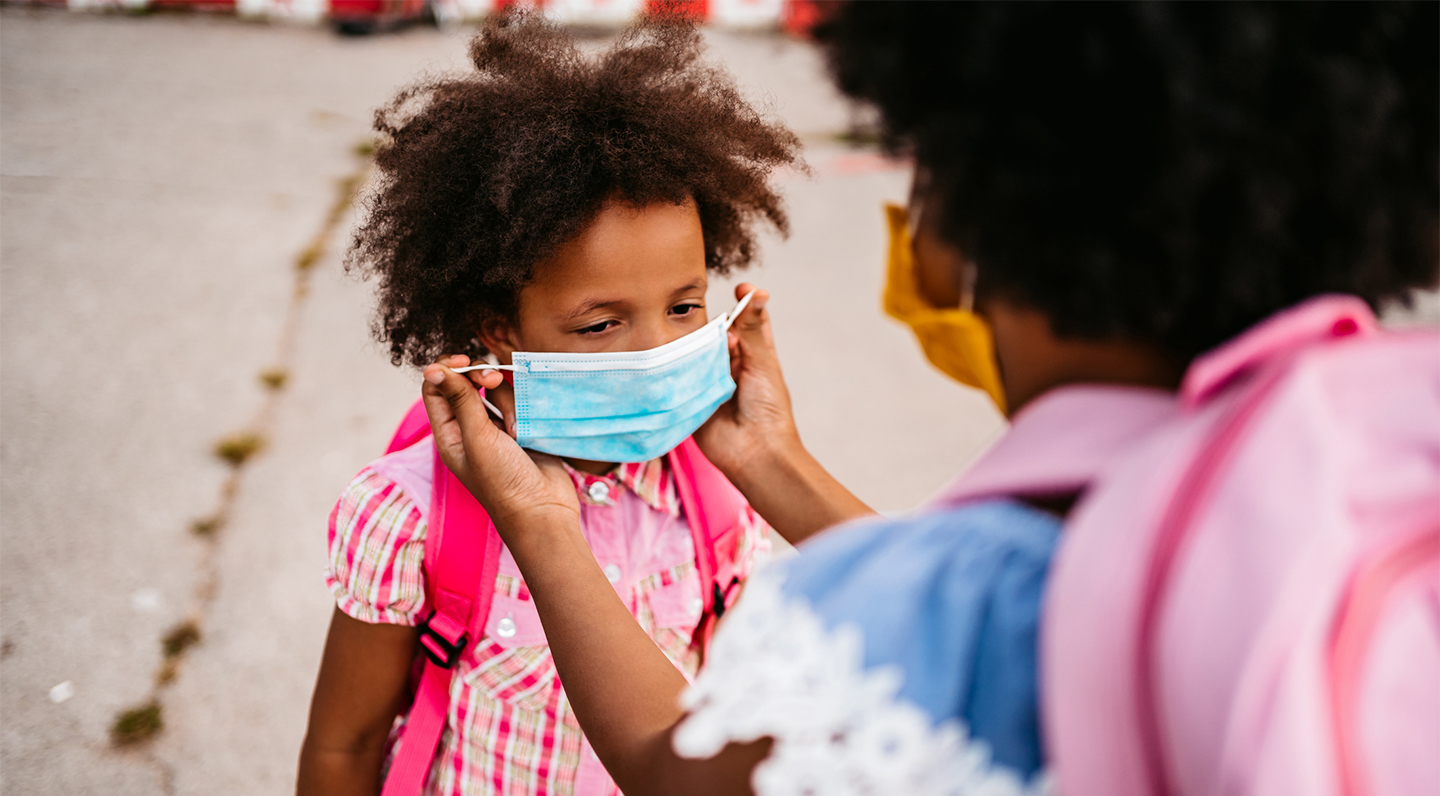
What are some signs a child might be feeling anxious about going back to school?
Elementary age children often experience anxiety as a physical symptom. With emotions being so abstract, it’s harder for them to define what it is they’re feeling, so they may show it through a tummy ache, headache, backache, or feeling like they’re going to throw up. Children project psychological stress on the physical body, especially in the stomach.
You may also notice changes in behavior, personality, and interactions. A child may be more irritable, more easily agitated, have more tantrums, complain about random things, refuse to brush teeth, or pick fights with siblings and parents. You might see a shift in the way that they engage with you.
We usually talk about separation anxiety in the context of toddlers and preschoolers, but is this something older kids are experiencing after a year of remote learning?
Yes, in my practice, I’m seeing older kids who are having separation anxiety—even teenagers. The pandemic has caused all kinds of anxiety disorders to skyrocket.
One of the hallmarks of anxiety is avoidance. “When I’m afraid of something, I avoid it.” Avoidance has a reinforcing effect. “I feel better when I avoid something, therefore avoidance helps me feel better.” It’s a survival skill and a coping mechanism.
The brain starts to learn that avoidance makes it feel better, which is what happens with separation anxiety and phobias. The pandemic has taught us all avoidance. Our brains don’t know the difference between avoidance for legitimate reasons and avoidance because we’re anxious. A child’s brain says “We’ve been home for 15 months, there must be something wrong with being out in the world. Avoidance kept me safe, and now you’re telling me to go back to school?”

The pandemic has caused all kinds of anxiety disorders to skyrocket.
We talk about self-care a lot for adults, but how can we foster that in kids? Or is it our job as parents to provide that kind of care, rather than wanting kids to practice self-care?
The way we teach self-care to kids is by modeling what they should be doing for themselves. We want them to be able to know when they need something, so instead of saying “my tummy hurts,” they can say, “I feel like I have butterflies in my stomach because I’m nervous; maybe I can talk to my parents about it or take some deep breaths.”
Help kids use their words instead of having an attitude. Teach them to be aware of what they need so they can express those needs because being able to ask for what you need is part of self-care.
Parents don’t need to rescue their children from uncomfortable feelings. Instead, focus on validating their feelings: “Of course you feel nervous, you haven’t been in school for a year!” Self care is self-compassion—that’s the biggest part of self-care for kids. They need to know that what they think and what they feel matters. Kids should know how to express what they need outside of our care so they know how to advocate for themselves.
Setting aside mental health, how can parents prepare their children to socialize again if their skills are a bit rusty?
Start by scheduling playdates again. If your child still doesn’t feel comfortable because of COVID, do a playdate at a park or at the library, in a bigger space where kids can safely interact and get used to the feeling, especially as they go back to school. Otherwise, being back in the classroom will be a big shock to their system.
Aside from playdates, businesses are doing classes online where kids can interact with each other. There’s summer camp, whether it’s a shorter day or just a week, summer leagues, sports, in-person classes—get kids back into a sense of normalcy.
Don’t flood kids with noise and interaction; instead, do a slow and graduated exposure. Know your child’s temperament. It’s important to build kids up—we have to equip them so they feel ready to go back to school. We can’t keep rescuing them and sheltering them.
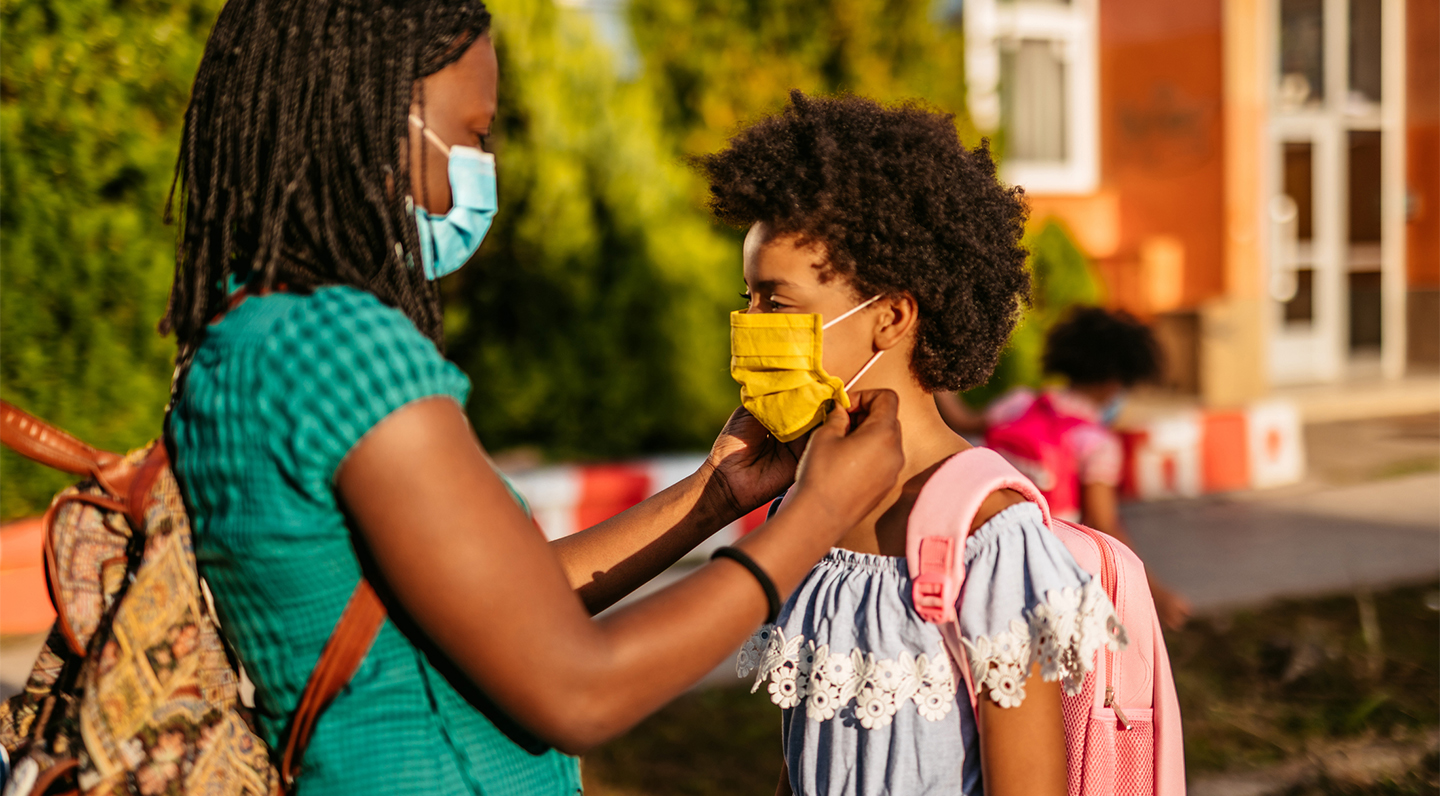
There’s a lot of talk about how missing a year of school will cripple children socially and academically. Do you have any thoughts on this?
On one hand, I think children and families who did not receive adequate support from their community, society, and family will not do as well because these children were likely already at a disadvantage. They may have had more risk factors—poverty or racism, for example—then we add the pandemic on top of these factors. I think many of these families will struggle.
On the flip side, people who have support and resources or reached out for services during the pandemic are doing well. Some kids excelled this past year because they had extra support; others are able to transform their trauma into something meaningful.
There’s a concept called post-traumatic growth—after a trauma, we might develop PTSD and have flashbacks, but there are also times after a trauma when we can grow from it. We find meaning and learn what’s important. With the pandemic, many families grew closer by being home with each other.
Thank you to Dr. Ann-Louise Lockhart, President & Owner of A New Day Pediatric Psychology, PLLC. Follow Dr. Lockhart on Instagram, learn more about the resources she offers on her website, and access additional resources from Dr. Lockhart through her online classes for parents at https://coursecraft.net/u/drannlouiselockhart.



